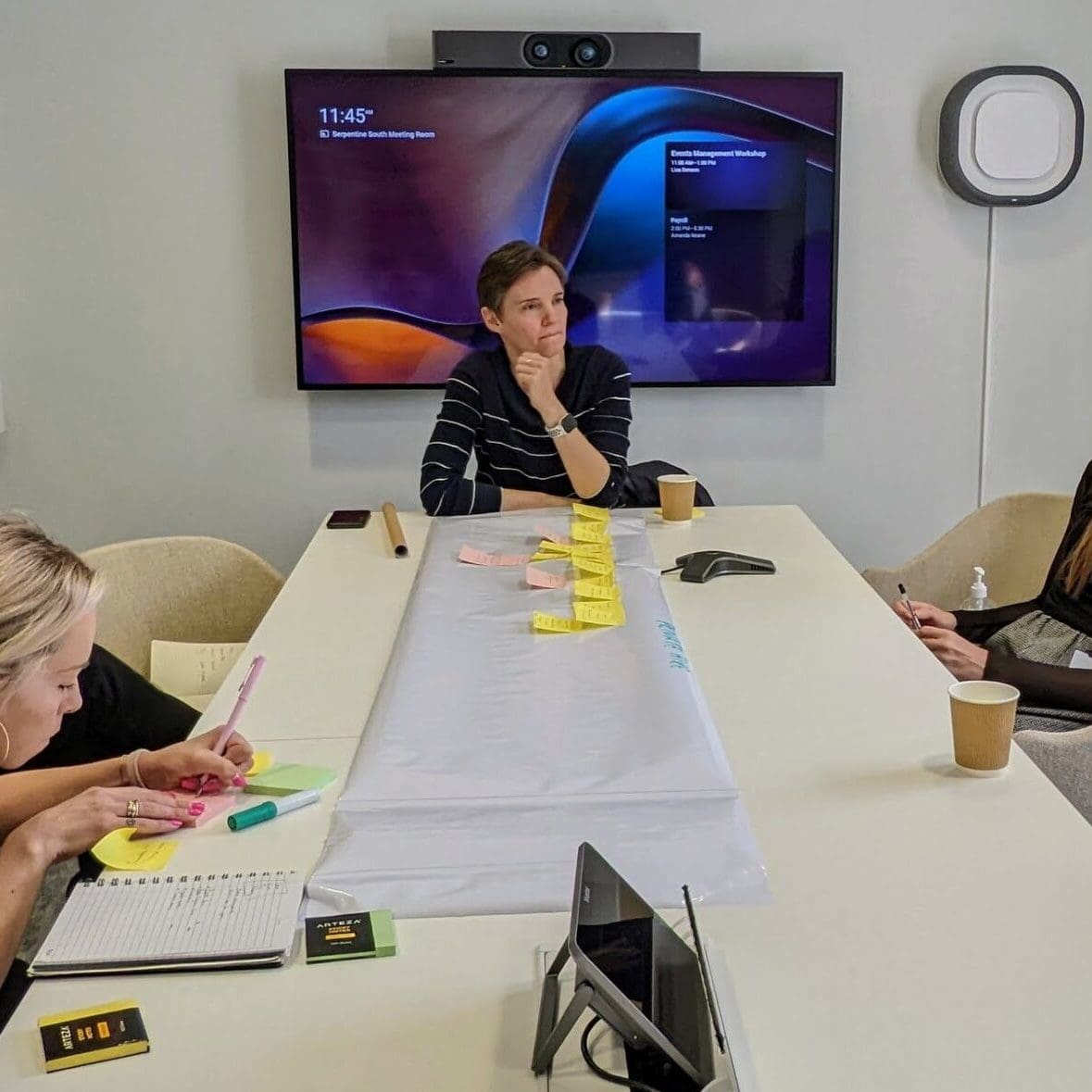Nonprofits – Time management during Salesforce project
In the first of this blog series on the practicalities of Salesforce implementations for nonprofits, I shared some tips on how to minimise costs. In this second blog, I consider one of the most common questions we are asked by our customers when we are engaged as a partner – “how much of our internal time will be needed?”. This not only applies to new Salesforce projects but also ongoing projects to enhance or change existing solutions.
This is an important question because time is precious, particularly for nonprofits where resources are often stretched and people may work part time. First, let’s consider the nature of internal involvement required at each key stage in a typical project:

Not all of these elements will be relevant for every project but the time for each will be estimated before the development phase. However, there are some key factors that will influence the amount of time that will be required:
1. Complexity – it sounds obvious but the more complex the solution, the more user input and testing will be required. If internal resources are tight, consider a phased approach to spread out the level of commitment required
2. Degree of DIY – if you have the required in-house skills, you can minimise costs by completing some of the implementation elements yourselves (for example data imports, setting up templates). Obviously, this increased internal time needs to be factored in
3. Your role – the time commitment will differ depending on whether you are the project manager, a tester or someone who simply needs to attend workshops at the requirements-scoping stage
4. Go live deadline – often the planned go live date is based around an existing system provider’s contract renewal. In this instance, there is less opportunity to stretch the project stages over longer time periods
Now of course every project is different so it would be impossible to give you an exact number of hours that would be required (nice as that would be). However, I can share some tips that will help you to plan ahead and manage your team’s time.
1. Agree a realistic baseline project plan
The project plan should be dynamic and will be updated throughout the duration of the implementation. However, a baseline plan agreed with your partner at the start will provide a good indication of when your internal team involvement will be required. There is no point in us imposing scheduled dates and weeks on our customers that are unrealistic. So it’s important that you let us know what is going to work best for you. Working in partnership towards a common goal means acknowledging, and working with any capacity limitations.
- Communicate any key milestones, internal deadlines or other busy periods
- Factor in staff holidays and public holidays when people are likely to have time off
- Agree the timing and regularity of status calls and updates
- Are there specific days in the week on which staff are more likely to be in for meetings and review sessions?
- Are there windows of time / weeks when testers will have more availability that can be agreed in advance?
2. Team planning
This can be a tricky – on the one hand, you want to give as many team members as possible the opportunity to feel involved and to experience the new solution ahead of go live. On the other hand, you don’t want the distraction from their day jobs to detract from your core mission. It can be daunting for staff who have not been involved in projects of this nature to worry about how they will fit their involvement alongside their day to day work.
- Make the expectations clear from the start – who will be involved and at what stages of the project
- Ensure that those involved have the full support of management to dedicate the required time
- Have a back up plan in case key individuals are not available for any unforeseen reason
- Consider appointing an external Project Manager if budget allows. This will alleviate the daily pressures on your internal teams and provide a useful fresh perspective to moderate internal discussions.
3. Identify what can be done ahead of time
There are some elements of a project on the to do list that can be worked on when internal capacity allows, even ahead of the project kickoff. So start working through these as soon as you can. Again, these will differ depending on the scope of the project but the following are some of the most common:
- Email and document template content – if you are not planning to recreate existing templates, start preparing new content
- Data capture forms – if new forms are part of the project or you are shifting from paper forms to online, start thinking about the content
- Reports – a question you will always be asked is what reports and charts you wish to generate from the system so pull together a list of those that you already produce and those that are on your wishlist
- Data preparation – start reviewing all of the data sources that need to be migrated. Are there spreadsheets you can be consolidating or data formatting / de-duplicating that you can work on that will save time later? Can you draft in any volunteers to help out with this?
Although there is no magic formula when it comes to predicting the exact amount of time that you will need to set aside, with careful planning, you can minimise disruption. If you have any questions on the process of implementing Salesforce, please get in touch at team@hyphen8.com.






